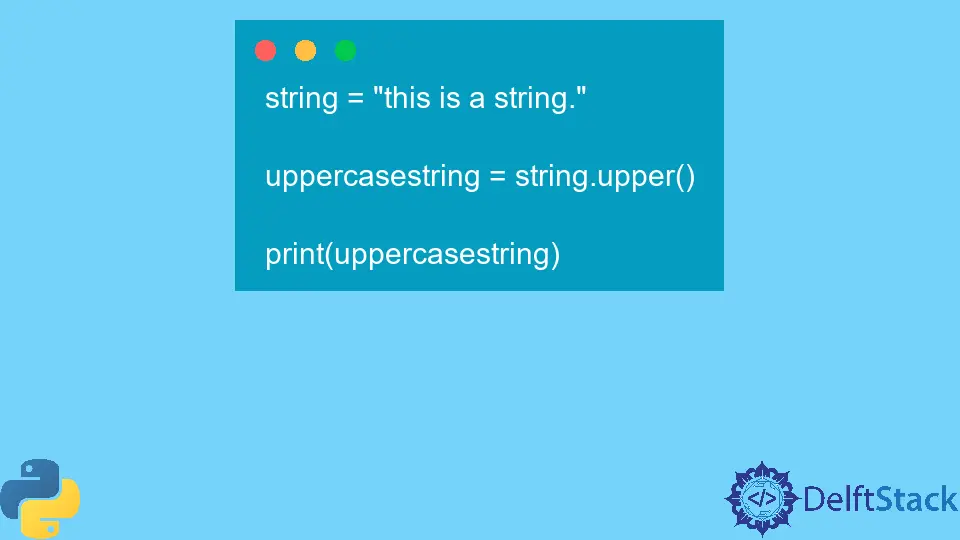Python 中的字符串大写
Muhammad Maisam Abbas
2023年10月10日

在本教程中,我们将讨论在 Python 中用于字符串大写的方法。
Python 中的 upper() 函数将字符串大写
upper() 函数为我们提供了一个包含所有大写字符的字符串。以下代码示例向我们展示了如何在 Python 中使用 upper() 函数来大写一个字符串。
string = "this is a string."
uppercasestring = string.upper()
print(uppercasestring)
输出:
THIS IS A STRING
在上面的代码中,我们首先使用所有小写字符初始化一个字符串。之后,我们使用 upper() 函数将字符串转换为大写。
upper() 将所有字母转换为大写。如果我们只想大写字符串中的第一个字符,则必须使用 capitalize() 函数。
在 Python 中使用 capitalize() 函数将字符串大写
capitalize() 函数仅将字符串的首字母转换为大写。以下代码示例显示了如何使用 capitalize() 函数将字符串大写。
string = "this is a string."
capitalizedstring = string.capitalize()
print(capitalizedstring)
输出:
This is a string.
在上面的代码中,我们首先使用所有小写字符初始化一个字符串。之后,我们使用 capitalize() 函数将字符串的第一个字符大写。
Maisam is a highly skilled and motivated Data Scientist. He has over 4 years of experience with Python programming language. He loves solving complex problems and sharing his results on the internet.
LinkedIn